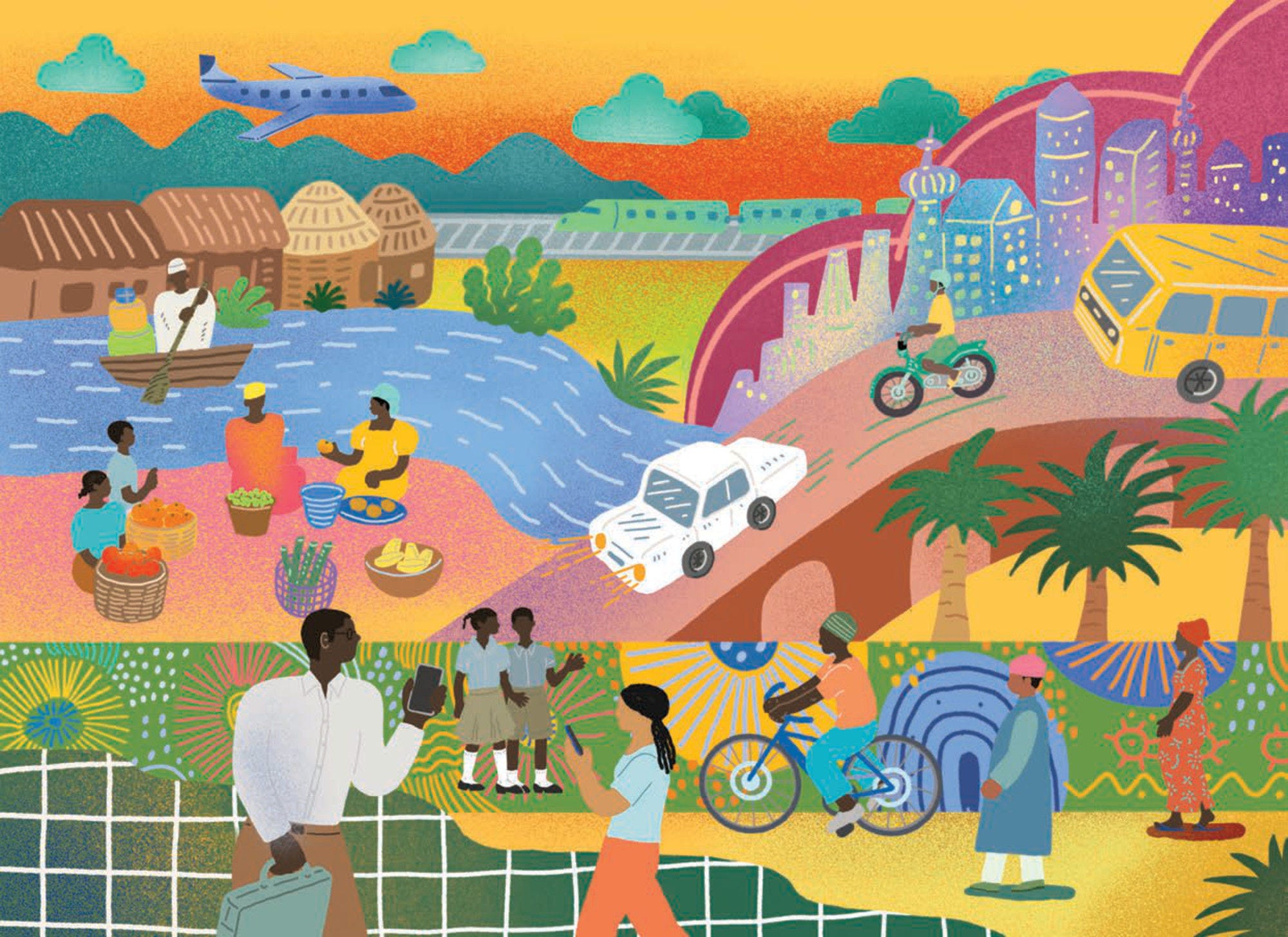African governments are increasingly confronted with new forms of political violence. The situation is particularly worrying in the Sahara-Sahel where violence is on the rise. This degrading security situation has prompted African countries and their partners to intervene militarily to stabilise the region and to prevent the spread of extremism and violence against civilians. However, these initiatives face many obstacles due to the transnational nature and geography of violence. Tensions regionalise across state borders when armed groups, defeated by counter-insurgency efforts, relocate to other countries. This study maps the evolution of violence across North and West Africa, with a particular focus on Mali, Lake Chad and Libya. In the regions experiencing the highest levels of political insecurity, it identifies whether and how conflicts tend to cluster or spread, potentially across national borders. The work is based on a new spatial indicator of political violence designed to assess the long-term evolution of conflicts and provide policy options.
The Geography of Conflict in North and West Africa
Report
West African Studies

Share
Facebook
Twitter
LinkedIn
Abstract
In the same series
Related publications
-
 Policy paper23 March 2024
Policy paper23 March 2024











